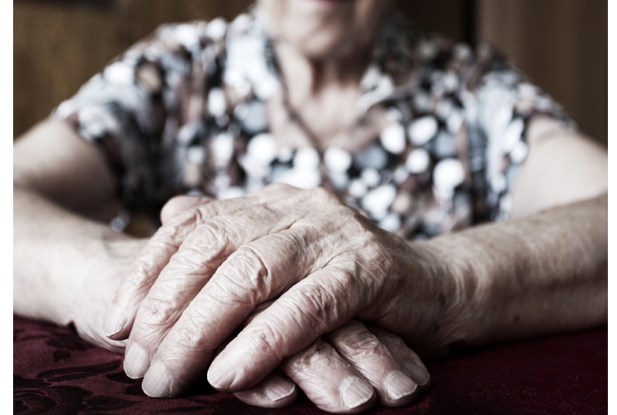Nursing Home Negligence: A Growing Concern in an Aging Society

You probably know someone who lives in a nursing home, or someone who has a family member who is no longer able to care for himself or herself and requires assisted living. Ontario has more than 500 long-term care facilities, housing more than 70,000 residents. As our population ages, the demand for long-term care beds has increased dramatically. Moreover, many long-term care residents have both cognitive and physical impairments, making them some of the most vulnerable members of society.
While Ontario has developed strict requirements for prevention and reporting of incidents of abuse and neglect in long-term care facilities, unfortunately injuries in nursing homes still occur. These injuries can arise from medication errors, failures to prevent residents from falling, physical and sexual assaults, failures to refer residents for medical care, malnutrition and dehydration, inadequate supervision, and other forms of negligent treatment.
Nursing homes are responsible for reasonably caring for their residents. They are also responsible for ensuring that staff members are knowledgeable, properly trained, and monitored to ensure policies for the health and safety of residents are followed. Injuries to a resident caused by a failure in any of these areas can lead to a finding of negligence, and payment of damages to the injured person or their family.
It has been said that the true measure of a society is found in how it treats its most vulnerable members. As such, residents of long-term care facilities deserve the same level of respect and security as everyone else. If you suspect abuse or neglect in a nursing home, it should be reported to management and the appropriate authorities immediately.
About the Authors

Adam Little earned his undergraduate degree from the University of Toronto in 1996. He graduated from Queen’s University Faculty of Law in 2000 and was called to the bar in 2002. Adam was practicising on Bay Street for a leading Toronto litigation firm that represented doctors in medical malpractice claims when he realized that helping people through personal injury litigation was what he wanted to do. “I wanted to work for the best,” he said. A partner at Oatley Vigmond had written the best-known book available about addressing jury trials, which Adam had read and admired. He wrote to the partner, went through an intense interview process and became a partner at the firm in 2005.
